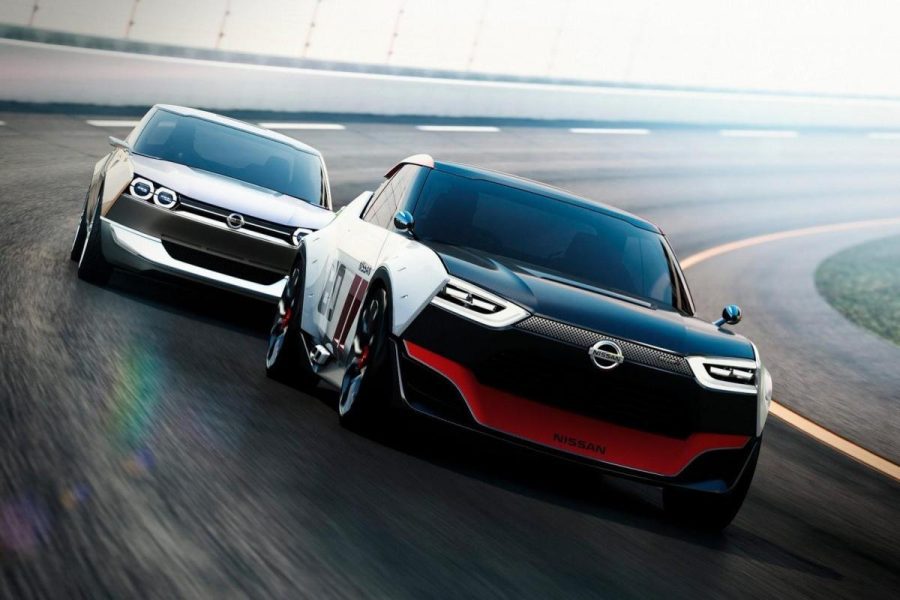
Star cars Nissan IDx Nismo and Freeflow
IDx Nismo and Freeflow are cars built by youth for youth.
There were some real gems at the Tokyo Auto Show this year, but nothing like Nissan IDx Concepts. The IDx Nismo and IDx Freeflow win our award for the most compelling exhibit at the 43rd Annual Show, a pair of cars that drew people like bees to honey, proof that the design experiment was worth it.
We've watched people stop, stare, and wonder as their eyes travel along the enticing, almost retro lines of cars rooted in the muscle car phenomenon, as well as references to some of the classic cars in the Nissan glory box, like the venerable Datsun 1600.
Perhaps that's because these particular cars weren't just the work of designers, but were produced with the input of the public, especially the young people the company is trying to reconnect with - Gen Y or digital natives or whatever the hell you call them. .
It's a bold move that could pay off if Nissan has the guts to build cars and the locals flock to buy them - build them and they'll come, says Kevin Costner. You see, the data shows that young people are more interested in accessing the Internet than in getting a license and buying a car, like mom and dad do these days—it was once considered a rite of passage. From the point of view of automakers, this is a disaster in store.
But Nissan at least decided to try something different, or we could suggest going back to basics and building the kind of cars that people tend to buy - beautiful things that satisfy emotional needs, not just practical ones. The IDx Nismo and Freeflow are two models molded from the same mold, designed to meet the needs of young customers in a process that Nissan describes as co-creation - essentially cars built by youth for youth.
The name IDx comes from the acronym for "identification" and the "x" part represents new values and dreams born through communication. Nissan says that interacting with the digital generation during the design process provided a wealth of new ideas and creative possibilities. It says that the dialogue about co-creation has spread everywhere, from the basics to the finishing touches.
Two versions of the car were created, one relaxed and casual, the other more outspoken and aggressive because they are the result of two different conversations with two separate creative communities. What Nissan said came out of that post was a desire to have a basic, authentic configuration.
That is a car without trends, based on the ideal proportions and straightforwardness of a timeless three-volume design. Both the interior and exterior share the same simple design strategy with just enough features and accessories to give the cars a solid feel.
A simple round steering wheel contrasts with a large analog clock prominently displayed above the center function monitors, while faded denim is chosen for seat trim. The 'floating roof' accentuates the simple box-like design of the body, painted in a combination of white and flax brown, with stylish 18-inch chrome wheels.
Believe it or not, the cars are also rear-wheel drive, just like the "real" ones. This all sounds too good to be true until you get to the mechanics. Nissan believes that the desire for authenticity can be interpreted as a need for economy and efficiency that simply takes the form of a standard 1.2- or 1.5-liter four-cylinder petrol engine - or, in the case of the sportier Nismo, its new 1.6-liter turbo.
Where did this come from? Sorry, but there is nothing genuine about this. If you're going to do something, do it right - don't do it halfway.
This reporter on Twitter: @IamChrisRiley
_______________________________________

